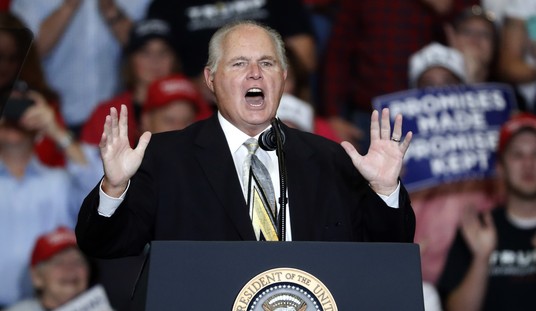In April of 1961, JFK summoned two key NASA executives to the White House. They were James Webb, the administrator of NASA, and Hugh Dryden, his deputy. President Kennedy was not happy after all of the Soviets’ early victories in the space race. In fact, as Tom Wolfe wrote in the New York Times in July of 2009, “The president was in a terrible funk:”
He kept muttering: “If somebody can just tell me how to catch up. Let’s find somebody — anybody … There’s nothing more important.” He kept saying, “We’ve got to catch up.” Catching up had become his obsession. He never so much as mentioned the rockets.
Dryden said that, frankly, there was no way we could catch up with the Soviets when it came to orbital flights. A better idea would be to announce a crash program on the scale of the Manhattan Project, which had produced the atomic bomb. Only the aim this time would be to put a man on the Moon within the next 10 years.
Barely a month later Kennedy made his famous oration before Congress: “I believe that this nation should commit itself to achieving the goal, before this decade is out, of landing a man on the Moon and returning him safely to Earth.” He neglected to mention Dryden.
INTUITIVELY, not consciously, Kennedy had chosen another form of military contest, an oddly ancient and archaic one. It was called “single combat.”
The best known of all single combats was David versus Goliath. Before opposing armies clashed in all-out combat, each would send forth its “champion,” and the two would fight to the death, usually with swords. The victor would cut off the head of the loser and brandish it aloft by its hair.
The deadly duel didn’t take the place of the all-out battle. It was regarded as a sign of which way the gods were leaning. The two armies then had it out on the battlefield … unless one army fled in terror upon seeing its champion slaughtered. There you have the Philistines when Little David killed their giant, Goliath … and cut his head off and brandished it aloft by its hair (1 Samuel 17:1-58). They were overcome by a mad desire to be somewhere else. (The Israelites pursued and destroyed them.)
More than two millenniums later, the mental atmosphere of the space race was precisely that. The details of single combat were different. Cosmonauts and astronauts didn’t fight hand to hand and behead one another. Instead, each side’s brave champions, including one woman (Valentina Tereshkova), risked their lives by sitting on top of rockets and having their comrades on the ground light the fuse and fire them into space like the human cannonballs of yore.
The Soviets rocketed off to an early lead. They were the first to put an object into orbit around the Earth (Sputnik), the first to put an animal into orbit (a dog), the first to put a man in orbit (Yuri Gagarin). No sooner had NASA put two astronauts (Gus Grissom and Alan Shepard) into 15-minute suborbital flights to the Bahamas — the Bahamas! — 15 minutes! — two miserable little mortar lobs! — then the Soviets put a second cosmonaut (Gherman Titov) into orbit. He stayed up there for 25 hours and went around the globe 17 times. Three times he flew directly over the United States. The gods had shown which way they were leaning, all right!
You know what to do next.










Join the conversation as a VIP Member